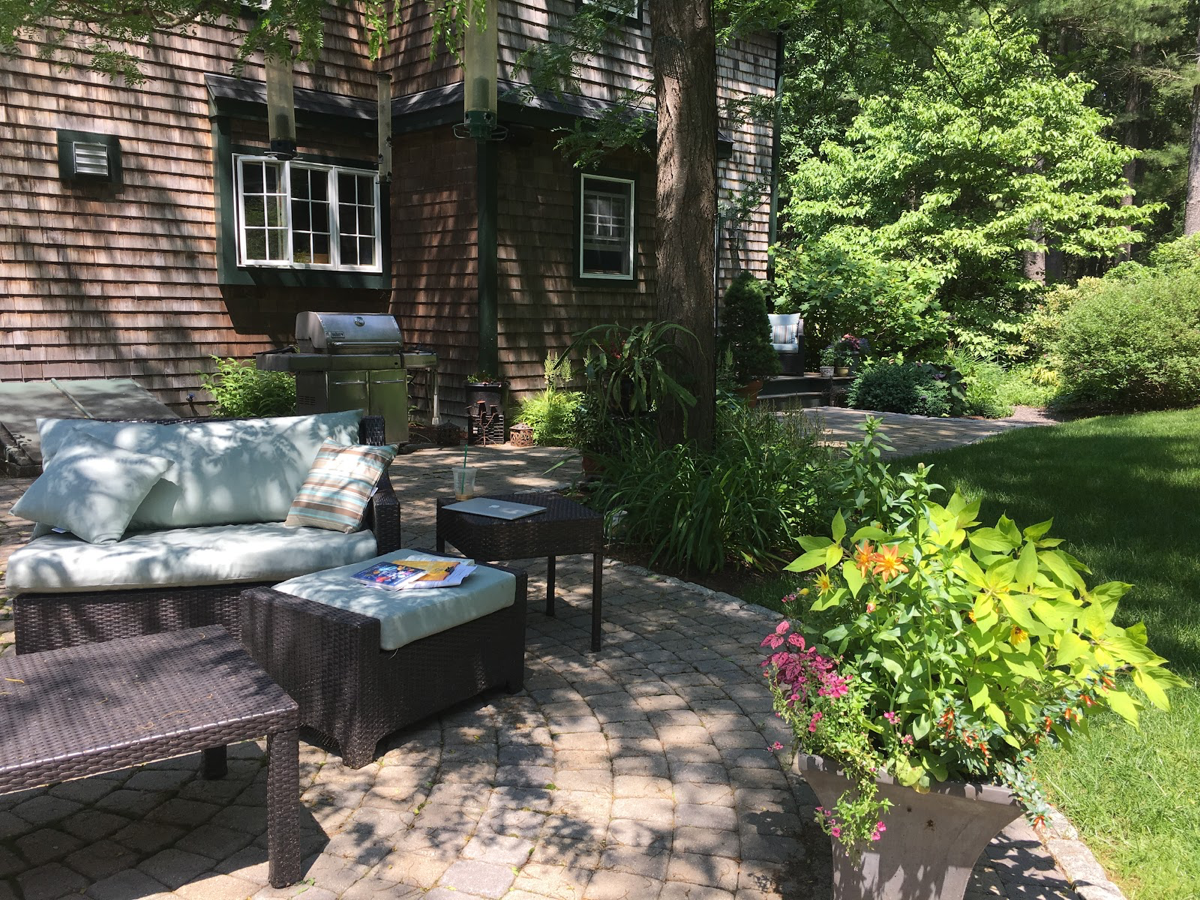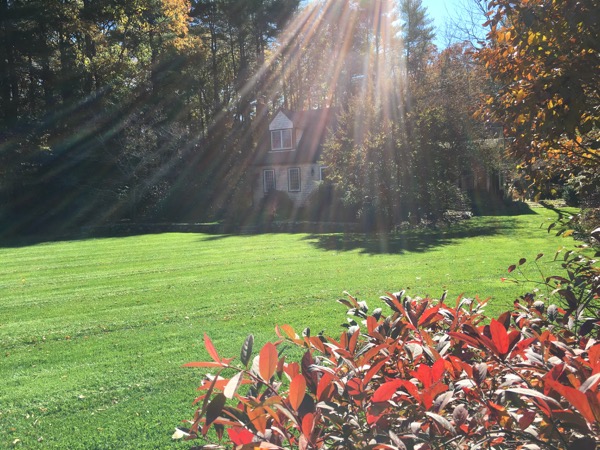Sunlight – like most critical gardening elements – is highly dynamic. The sun is constantly moving throughout the day, as well as from season to season. Add in human-influenced elements such as buildings, walls, and other plantings, and you’ve got a surprising number of factors that all need to be considered when accurately determining the amount of sunlight your garden gets at different times.
Of course, at first blush, determining how much sun your garden gets seems pretty simple and straightforward – you take a look and see if there’s sunlight hitting the ground. Done. Right? Well, not so fast.
Seeing sun and believing that a space is “sunny” is perhaps the biggest mistake novice gardeners make. Many coveted plants grown for their abundant floral displays, colorful foliage, and even most of those yummy edible plants require as much as six hours of sun a day, and since there are several factors that influence how much sun a garden gets, it’s important to assess the time and duration, intensity and filtration that come along with the availability of sunlight. Especially because the second biggest mistake is seeing shade and assuming that a particular spot is shady. This can be a struggle for plants that really want to live in three or fewer hours of sun on their backs and find themselves baking to death.

Sunlight and dappled shade - which is the more prevalent exposure?
Consider this: Here in New England, the height of the sun to the horizon changes approximately 50 degrees over the course of a year. In the summer, the sun is higher, generating shorter shadows. In the winter the opposite is true – the sun is lower on the horizon, creating longer shadows. How much sunlight falls on a New England garden varies widely throughout the year.
By creating a simple map of your shade using graph paper and noting the shadows of some of the biggest shade-makers on your property (trees & buildings), you will get a clearer picture of the true level of sun exposure in your garden. To do this right, you need to do it at least twice in the year – once in the summer and once in the spring or fall. Spring and fall sun/shade patterns can be quite different even though sun angles are similar. This is because of the amount of foliage present, so if you really want to understand your exposure, map in all four seasons at the equinox and solstice. Taken even one step further, assess your light patterns every couple of hours during various days throughout the year to get an even more precise understanding of the evolving balance of sun and shade from season to season.
Once you have a clear picture of your garden's sun and shade characteristics, you can start choosing plants with confidence. Remember that a plant's light needs are more dynamic than static. In other words, you can get various levels of performance from a plant depending on the balance between the characteristics it loves and those the area provides. For example, if you plant a sun-loving plant in an area with dappled or intermittent light over parts of the day, you won't necessarily kill it. Instead, you'll experience fewer flowers, less color, slightly leggier growth, and possibly a shorter life span.

Municipal building - sun or shade?
Keep in mind that deciduous trees offer seasonal shade and that leaf-out and die-off action will significantly change the amount of sun your garden receives. Spring sunlight under leafless boughs provides the perfect stage for an early-season flower show that will quietly fade as leaves emerge and shade deepens. Then as the sun heads north for summer in the Northern hemisphere and summer eventually turns to autumn, shade patterns shift and shorten, then lengthen as the growing season wanes. These seasonal light patterns should be taken into account as you choose and situate plants for your garden, enabling you to plant different varieties that can take advantage of the light in a particular location as it changes.
One last important point to share: your sun/shade patterns today will be quite different in 5 - 10 - 15 years from now. As neighboring plants mature, they get taller, wider and denser, creating more shade over time. This is all part of the normal ecological succession patterns. Integrating this knowledge into your planning can be very useful as you design your garden.

TWEETABLE TIP
Once you have a clear picture of your garden's sun and shade characteristics, you can start choosing plants with confidence. Remember that a plant's light needs are more dynamic than static.
VIA @GardenContinuum

If you want to maximize plant health and vitality, minimize wasted energy (yours and your plants) and ensure everyone is comfortable year-round in your garden, take the time to create a basic map that reveals the changing patterns of sun and shade throughout the year. Employing this tool will elevate your efforts to the Fine Gardening level by ensuring that you are making gardening decisions that result in thriving, happy plants.
Learn more about Fine Gardening by downloading the eBook titled "The Fine Gardeners Guide to a Beautiful and Luxurious Landscape" today.









Leave a comment